Highlights of Sleep in America (2003)
The National Sleep Foundation commissioned WB&A Market Research to conduct a national survey among adults 55 to 84 years of age living in the United States – the 2003 Sleep in America poll. In order to collect the information, telephone interviews were conducted between September 17 and December 10, 2002 among a random sample of 1506 older adults.
- A significant proportion of older adults rate their sleep as fair to poor with 55-64 year-olds (26%) more likely to rate the quality of their sleep this way than 65-84 year-olds (21%).
- Respondents were asked how the quality of their sleep has changed in the past ten years. Though many report that the quality of their sleep is about the same as it was ten years ago, more 55-64 year-olds (34%) than 65-84 (25%) report that their sleep quality has gotten somewhat or much worse. Women (32%) were more likely than men (24%) to rate the change in quality of their sleep as somewhat or much worse.
- About one-half of the older adults report having one or more symptoms of insomnia at least a few nights a week (48%).
- Snoring – Frequent snoring can be a symptom of sleep apnea. Men are significantly more likely than women to report snoring at least a few nights a week in the past year (40% vs. 26%).
- Pauses in breathing – Observed or experiences pauses in breathing during sleep can be a symptom of sleep apnea. Less than one in ten older adults (7%) report having pauses in their breathing during sleep at least a few nights a week in the past year.
- Unpleasant, tingling feelings in the legs is a common symptom for those with restless leg syndrome. Overall, about one-sixth of older adults (17%) report having unpleasant, tingling feelings in their legs at least a few nights a week in the past year.
- Older adults were asked if a doctor had told them that they have any of the following sleep disorders: insomnia, sleep apnea or restless leg syndrome. About one in eight older adults (13%) report having been diagnosed with at least one of these sleep disorders, with the percentage decreasing slightly by age (16% of 55-64 year-olds, 12% of 65-74 year-olds, 11% of 75-84 year-olds). About one in ten (9%) of all older adults report receiving treatment for a sleep disorder.
- When older adults were asked about daytime sleepiness, 15% report they have daytime sleepiness so severe that it interferes with their daily activities at least a few times a week.
- During the past year, four times as many younger adults (18-54 year-olds) report driving while feeling drowsy (60%) compared with 65-84 year-olds (15%).
- Overall, about two-thirds of older adults report experiencing one or more of these symptoms (difficulty falling asleep, waking a lot during the night, waking up too early and cannot get back to sleep, waking up feeling unrefreshed, snoring, pauses in breathing, or unpleasant feeling in the legs) of a sleep problem at least a few nights a week (67%), with 55-64 year-olds (71%) being the most likely to report having sleep problems compared to adults 65-74 year-olds (65%) and 75-84 year-olds (64%).
- Older adults who report having been diagnosed with depression (16%) differ from those who have not been diagnosed in that they are more likely to:
- Report their sleep quality as fair or poor (44% vs. 19%)
- Have a diagnosis of a sleep disorder, such as insomnia, sleep apnea or restless leg syndrome (30% vs. 10%)
- Report experiencing a symptom of insomnia, such as difficulty falling asleep, waking a lot during the night, waking too early and cannot get back to sleep, and waking feeling unrefreshed (70% vs. 44%)
- Report having difficulty falling asleep (35% vs. 14%)
- Report daytime sleepiness (32% vs. 11%)


